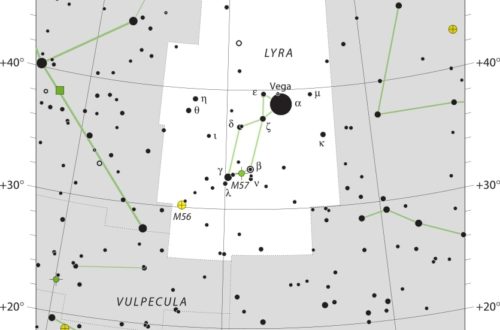Stargazing Calendar for March 2023
Looking for the March 2025 stargazing calendar?
Hello fellow stargazers! This month we only have one small meteor shower, but instead we can look forward to a comet visiting the inner solar system (just barely) and more interestingly two dwarf planets at opposition – Ceres and Makemake.
First of all, on March 2, there will be a conjunction of Mercury and Saturn. This means the two planets will share the same right ascension and pass within 55′ of each other. Unfortunately this is still too wide apart to fit within the view of a telescope, but you can witness this conjunction with the naked eye or a pair of binoculars. Mercury will have an apparent magnitude of -0.6, and Saturn of 0.8. Look for them in the constellation of Aquarius.

Would you like to be notified of stargazing events?
On the same day, there will also be a conjunction of Venus and Jupiter. At about the same time, the two planets will also make a close approach, also known as an appulse. They will pass within 32′ of each other. Venus will have an apparent magnitude of -4.0, and Jupiter of -2.1. Just like the other conjunction the planets will be too wide apart to fit within the view of a telescope. Not to worry though, these two planets are even brighter. Look for them in the constellation of Pisces.

After a largely uneventful couple of weeks, we finally will have another astronomical event on March 15, which will be the γ-Normid meteor shower peak. It’s a rather small meteor shower of only an average of 6 meteors per hour during the peak if conditions are ideal, but it’s the only one we’ve got this month! Some meteors can also be seen between February 25 and March 28. As the name indicates, the meteors will appear to radiate from the constellation of Norma, or more specifically its brightest star Gamma2 Normae (or γ2 Nor).

On the same day, there will also be a solar conjunction of Neptune. It’s not something we can observe with a telescope or binoculars. Don’t even try! The Sun is very dangerous for your eyes to look at, especially when magnified. Neptune will come within only 1°10′ from the Sun. This means it will be lost in the Sun’s glare and so totally unobservable for several weeks. At about the same time, Neptune will also be at its most distant from the Earth because it will be on the opposite side of the solar system. It will reach a distance of 30.91 AU. It will be in the constellation of Pisces.
Then on March 17, Mercury will be at superior solar conjunction. Again don’t observe this for your safety. The significance of this event is that it marks the transition from Mercury appearing in the morning sky, to the evening sky after this day. It will come within 1°28′ of the Sun. Unfortunately the planet will be lost in the Sun’s glare for several weeks.
On March 19, there will be a conjunction of the Moon and Saturn. The two bodies will pass within 3°35′ of each other in the constellation of Aquarius. The Moon will have an apparent magnitude of -9.8, and Saturn of 0.8, which means they’ll be visible to the naked eye.
The next day on March 20, we will have the March equinox, meaning the first day of spring for us here in the northern hemisphere or fall in the southern hemisphere. On this day, everywhere on Earth will have almost exactly 12 hours of day and 12 hours of night.

On March 21, the dwarf planet Ceres will be at opposition. It will reach the highest point in the sky at around midnight and opposite to the Sun. At the same time Ceres will be closest to the Earth (perigee) at a distance of 1.59 AU. At this time it will be the brightest, with an apparent magnitude of 6.9. Look in the constellation of Coma Berenices with binoculars or a telescope. At a mean diameter of 939 km Ceres is the largest asteroid and first one discovered in 1801, by Giuseppe Piazzi. Ceres was named after the Roman goddess of agriculture. It is also the nearest dwarf planet and has a surface gravity of just under 3% of Earth’s.
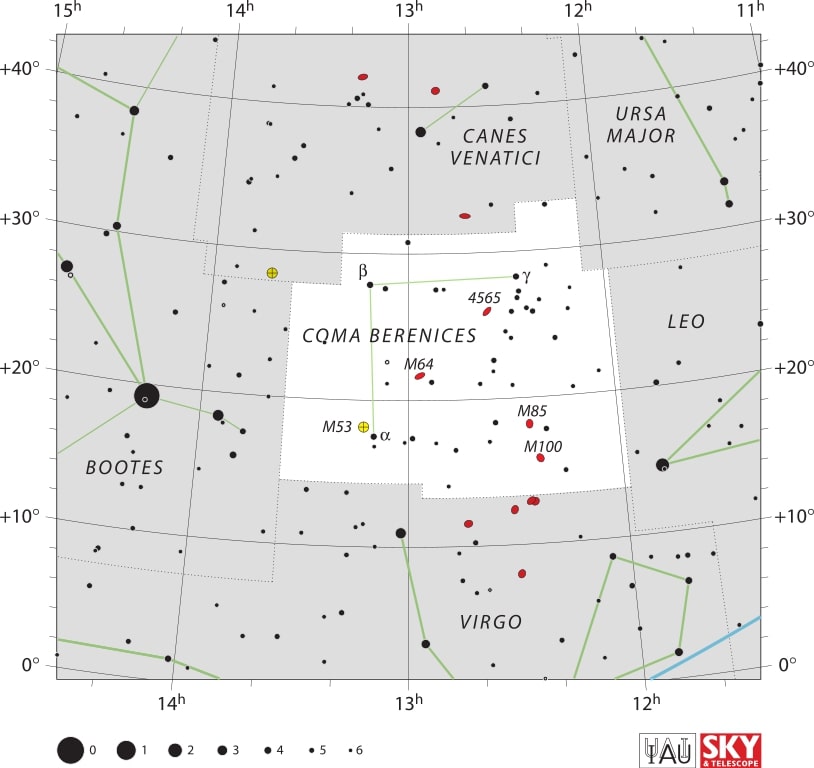
Then on March 22, there will be a conjunction of the Moon and Jupiter. The two object will come within 32′ of each other in the constellation of Pisces. They will also make a close approach, technically called an appulse, at around the same time. The Moon will have an apparent magnitude of -8.3, and Jupiter of -2.0.
On March 24, there will be a conjunction of the Moon and Venus. They will pass within 6’31” of each other in the constellation of Aries. They will also make a close approach, also called an appulse, at around the same time. The Moon will have an apparent magnitude of -10.1, and Venus of -4.0. This time the conjunction can be watched with a telescope because the two bodies will fit within the field of view. In parts of southern and eastern Africa as well as southern Asia this will become a Lunar occultation of Venus, meaning the Moon will pass in front of Venus hiding it from view.
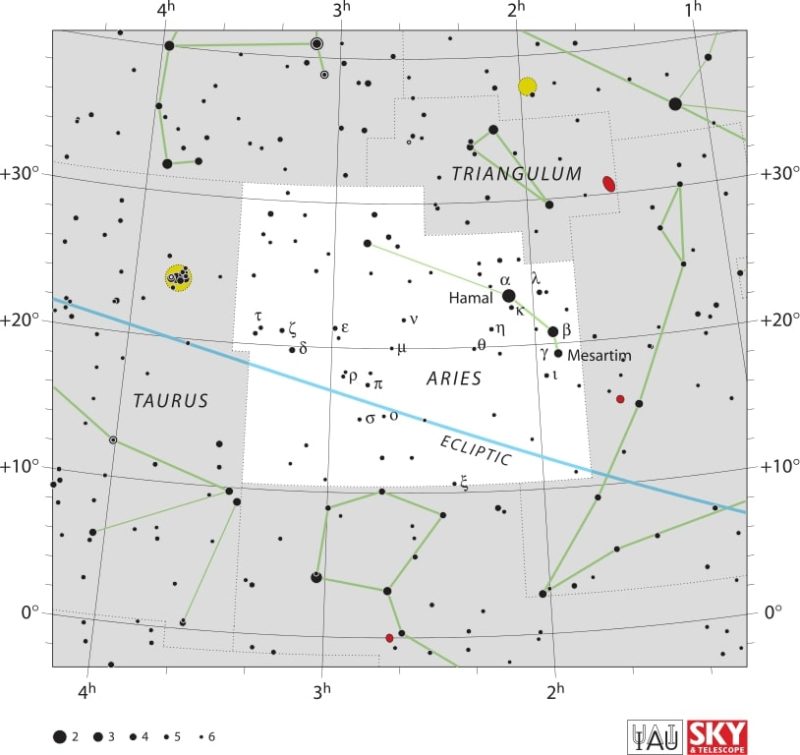
Later on March 28, there will be a conjunction of the Moon and Mars. They will pass within 2°17′ of each other, which is a lot apart than the other conjunctions this month. They will also make a close approach, also known as an appulse, at around the same time. The Moon will have an apparent magnitude of -11.7, and Mars of 0.9. Look in the constellation of Gemini.
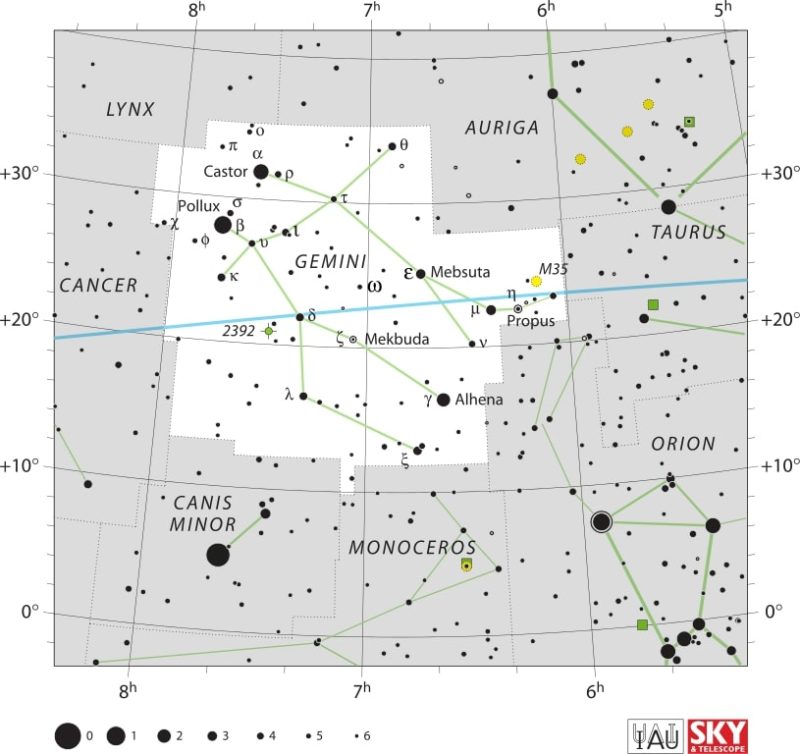
On March 29, comet C/2019 U5 (PANSTARRS) will reach perihelion. This means the comet will make its closest approach to the Sun on 29 March, at a distance of 3.62 AU. Unfortunately that’s not close enough for a good look. You will need a large telescope to spot this comet. If you have access to such a telescope, look in the constellation of Virgo.
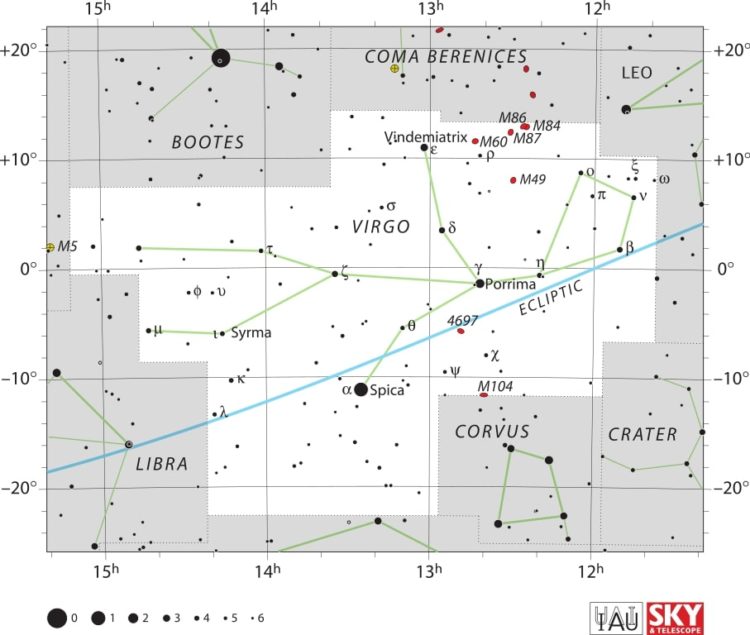
On the same day, the dwarf planet Makemake will be at opposition. At about midnight local time, Makemake will reach the highest point in the sky and be opposite of the Sun. Look in the constellation of Coma Berenices with a 4 inch telescope at least. At around the same time Makemake will also reach its closest point to the Earth (perigee) at a distance of 51.77 AU. Its peak brightness will be an apparent magnitude of 17.1. Makemake was discovered in 2005 by a team led by astronomer Michael E. Brown. It was given a minor-planet designation of 136472 Makemake. This dwarf planet is one of the largest objects of the Kuiper belt. It has a diameter of slightly over 14000 km, which is about 60% that of Pluto. So far one moon of about 175 km in diameter was discovered around Makemake. The dwarf planet was named after Makemake, the creator of humanity, the god of fertility and the chief god in the Polynesian Rapa Nui mythology of Easter Island.

Finally on March 31, there will be a conjunction of Venus and Uranus. The two planets will come within 1°17′ of each other in the constellation of Aries. Venus will have an apparent magnitude of -4.0, and Uranus of 5.8.
Moon phases
As you know, the Moon has a big impact on the visibility of celestial bodies in the night sky. So here are the Moon’s phases for this month:
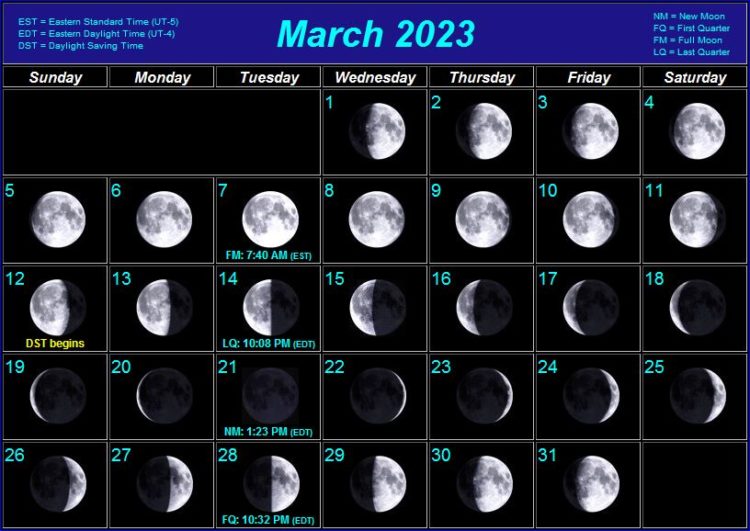
Positions of the planets this month
Mercury: The closest planet to the Sun can be seen at dawn and dusk travelling across the constellation of Aquarius. This planet, being the closest to the Sun, will appear to move quickly in the night sky and its position will change in the following weeks.
Venus: The sister planet can be seen near Mercury travelling across the constellation of Pisces. Just like Mercury, Venus can only be seen at dawn and dusk.
Mars: The red planet can be seen in the constellation of Taurus.
Jupiter: The gas giant is visible in the constellation of Pisces. Jupiter can easily be spotted with the naked eye, even in highly illuminated cities.
Saturn: The ringed giant can be seen with the naked eye in the constellation of Aquarius.
Uranus: The gas giant can be seen in the constellation of Aries with the use of a telescope.
Neptune: The blue giant requires a telescope pointed in the constellation of Aquarius in order to be seen.
Major astronomical events next month
- April 11 – Mercury at highest altitude in evening sky.
- April 20 – Hybrid solar eclipse.
- April 20 – Haumea at opposition.
- April 23 – Lyrid meteor shower 2023 peak.
- April 24 – π-Puppid meteor shower 2023.
- April 30 – Asteroid 7 Iris at opposition.
Conclusion
And there you have it! Which of the astronomical events are you looking forward to the most? The meteor shower, comet, dwarf planets Ceres and Makemake at opposition, or the various conjunctions? Let us know in the comments below.
Sources:
- Planetary ephemerides produced by NASA’s Jet Propulsion Laboratory (JPL)
- International Meteor Organization
See also:
- Previous month’s calendar: Stargazing Calendar for February 2023
- Next month’s calendar: Stargazing Calendar for April 2023
Would you like to receive similar articles by email?




